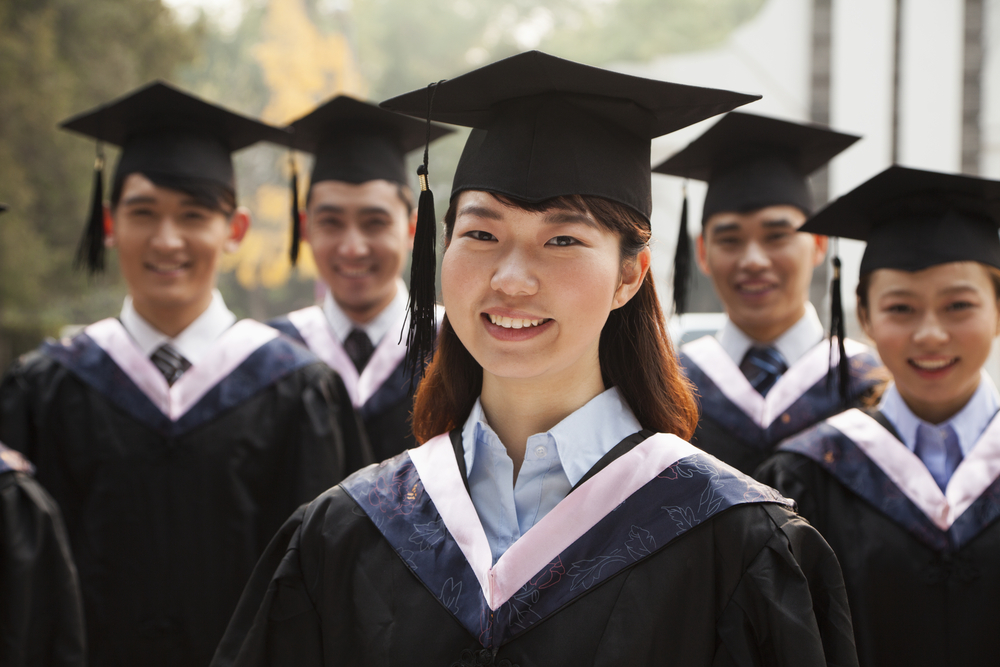- cross-posted to:
- worldnews@lemmy.ml
- cross-posted to:
- worldnews@lemmy.ml
The latest Nature Index rankings reveal an astonishing trend: nine of the world’s top 10 research institutions are now Chinese
To fully appreciate China’s meteoric rise, one must look back at the academic landscape a decade ago. When the Nature Index Global rankings were first released in 2014, only eight Chinese universities made it into the top 100. Today, that number has more than quintupled, with 42 Chinese institutions now ranking among the world’s best
One of the most notable policy shifts has been the move away from publication-based evaluation metrics. Previously, Chinese academics were incentivized to publish as many papers as possible, often at the expense of quality. However, recent reforms have introduced a more rigorous peer-review system that prioritizes impactful and innovative research over sheer volume. This shift has resulted in a significant improvement in the credibility and global influence of Chinese scientific output.



One thing I find interesting in that is that Chinese citizens have low trust in local government but high trust in the federal side. But as the study points out, it’s the opposite in the US with high trust locally but low federal.
The US places a much greater emphasis on individualism, while the PRC’s economic system is much more focused on central planning and a common, collectivist culture. Holdovers from the Cultural Revolution, where citizens were encouraged to always look upon their local officials critically, led to less trust in the local governments. The central government, on the other hand, has had sweeping and targeted programs focused on rural development in recent years, as the CPC has acknowledged the stark division between the highly developed urban areas and the underdeveloped rural areas.
China is pretty complicated, and getting a good picture of how they are today requires analyzing what the CPC takes issue with and what it approves of in how they performed under Mao, the Gang of Four, Deng Xiaoping, and now Xi Jinping. There have been other leaders, but these really represent 4 different “eras” for the economic makeup as a whole, and has most Chinese very hopeful for the future.